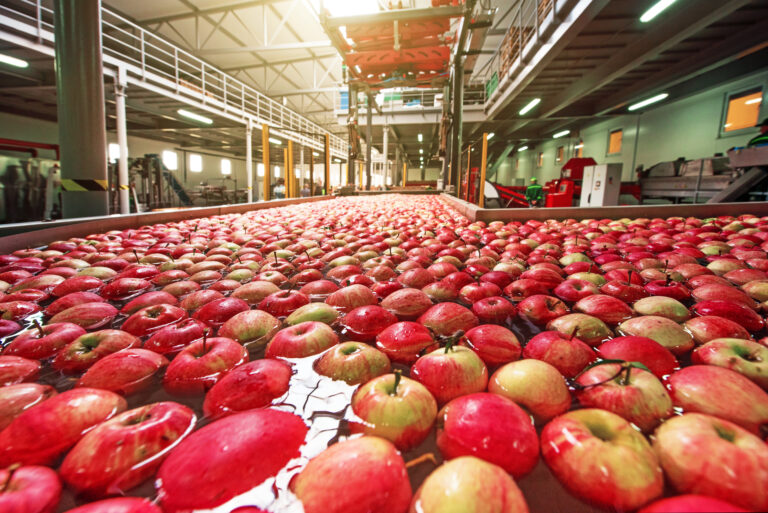In July 2022, the FDA extended the dates for compliance with the pre-harvest agricultural water provisions of FSMA’s Produce Safety Rule (PSR). However, the extension applies only to pre-harvest provisions; both the harvest and post-harvest ag water provisions are in full force this week, with the intended enforcement discretion period ending on January 26 (excepting small/very small businesses).
Are your practices in compliance?
While FDA intends to take an “educate while we regulate” approach to the rule for the first year, the agency will expect to see that establishments have undertaken or are well on the way to compliance with the Subpart E harvest and post-harvest requirements. To assist industry, FDA has provided a new fact sheet detailing compliance requirements and its intended activities. Following is a general overview:
- Harvest and post-harvest ag water activities include harvesting, packing, and holding, which includes water used for dehydration prevention, transport, cooling, washing, produce-contacting ice, food contact surfaces, and handwashing. It does not include water used during growing activities, such as irrigation and crop protection sprays – which are pre-harvest activities.
- With the end of the enforcement discretion period, the FDA will be starting routine inspections that include harvest and post-harvest ag water use assessments. In its educate while regulating approach, the agency will work with state and industry partners in training, technical assistance, educational visits, and on-farm readiness reviews.
- With a basic requirement that “all agricultural water must be safe and of adequate sanitary quality for its intended use,” the requirements include provisions related to quality standard, inspections and maintenance, treatment, microbial quality criterion, measures, testing (methods/who may test), additional management and monitoring, and recordkeeping.
- If the water used during and/or after harvest is determined to be out of compliance, the farm must immediately discontinue its use. Before resuming use, the farm must reinspect the entire affected agricultural water system that is under the farm’s control, and make necessary changes or treat the water according to section § 112.45(a).
- When the water needs to be treated, the selected method must effectively make the water safe and of adequate sanitary quality for its intended use and/or meet the microbial criterion of no detectable generic E. coli per 100 mL of water. And it must be delivered and monitored so as to ensure the water consistently retains the criteria.
- Testing is not required if the water is from a public water system or supply or is treated in accordance with § 112.43. However, untreated ground water is required to be tested initially at least four times during the growing season or during the first year, then test annually thereafter. If there is a failure in the annual testing, four-time growing-season testing must be resumed.
- Other harvest/post-harvest requirements include water management, water quality monitoring, and water temperature monitoring and maintenance (as detailed in § 112.48).
- Among the records required to be maintained are those pertaining to agricultural water system inspections, test results, water treatment, methods, corrective actions, and public water systems (if applicable), as well as the general recordkeeping requirements of the Produce Safety Rule (Subpart O).
If you have not addressed any of these areas in your harvest and post-harvest agricultural water activities, now is the time to do so – before FDA arrives at your site. If you feel you are ready for FDA, it is a good time to make sure you are implementing pre-harvest ag water practices and managing risks appropriately. Although the rule is still in proposed stages, all except small and very small businesses will have only nine months following the effective date of a final rule to come into compliance.
Use of water has been a recognized risk factor in the produce industry for decades. The industry has put in controls, and FDA has finally gotten partway there by putting out actual regulations; but it is over 10 years since FSMA was signed into law. Issuing regulations now for some aspects of water use is better than having no regulations, but, to date, FDA has not really leveraged the expertise at the state level to help regulate risks in produce. Industry leaders are doing most everything they can to control risks but, as with all industries, it is those who are doing the least for food safety who are likely causing most of the problems with produce. So we have to hope that FDA will indeed work with the states and actually follow through with enforcement on those that need it.
If you have questions or need assistance in ensuring the safety and compliance of your agricultural water – whether pre-harvest, harvest or post-harvest – give TAG a call. We can help!





